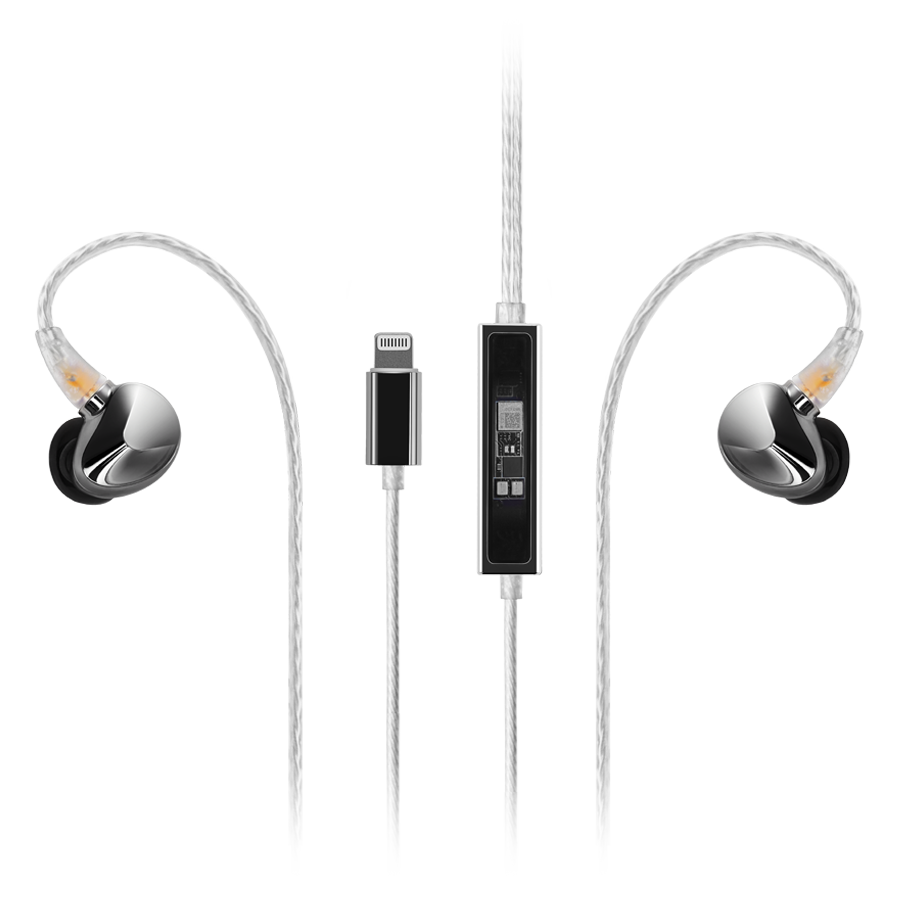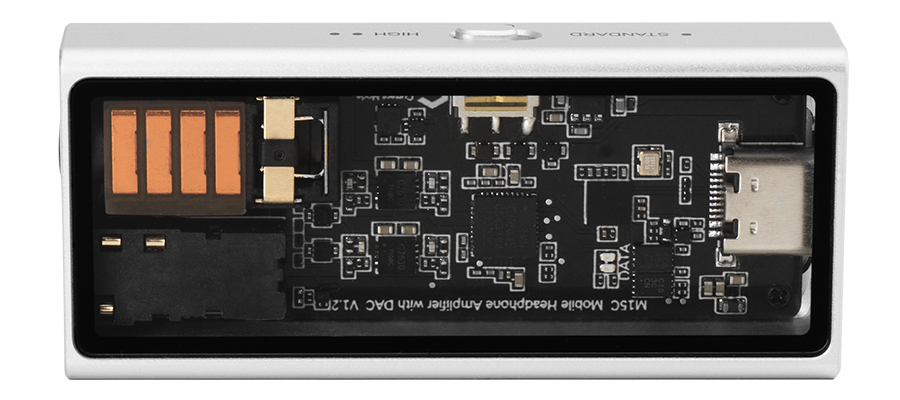Core Technology
Questyle has been awarded over 50 patents for its high-performance lossless audio technology.
Global PCT Patent Number: US 9,614,483 B2
Current Mode Amplification:Solving the contradiction between power consumption and performance

Processing Hi-Res lossless audio and powering amplifiers typically consumes a lot of energy. This is not an issue for wall-powered Hi-Fi systems, but becomes a fatal drawback in mobile devices. Questyle’s patented Current Mode Amplification (CMA) technology was developed to solve this issue, and is incorporated into all of our products.
The power consumption of a Current Mode amplifier is only one-tenth of conventional systems, but it provides 10 times the bandwidth and dynamic signal processing capability, with ultra-low distortion. This allows our CMA to reproduce all the details of an audio track, to truly captivate the listener.

Patented Chipset
Questyle and the R&D team at strategic partner USI spent two years from 2021 to jointly develop a series of audio SiP chips that provide an uncompromising audio experience.
The MA2430 chip integrates Current Mode Amplification and full-link lossless audio signal processing. It operates at a minimum voltage of 2V and a working current of only 3mA - less than half of the power consumption of a pair of TWS earbuds.

PCT/CN2014/075772
QAT Wireless Audio Platform
QAT patented wireless audio technology provides perfect low latency and lossless transmission performance.
QAT audio technology developed by Questyle Technology provides high-performance low-latency lossless wireless, solving many problems inherent in common Bluetooth and Wi-Fi, such as latency, power consumption, size, bandwidth, synchronization, signal disconnection and instability. QAT provides an ideal immersive wireless audio experience.
DSP Development and Sound Tuning
With the Cadence HiFi DSP-based "Sound by Questyle" tuning platform, product designers can develop complex digital audio applications without writing code.Developers only need to select and connect the modules they need from the audio module library in the graphical user interface, then do on-site debugging of the installed hardware. This can shorten product development time by up to 80% and ensure a polished result.



















